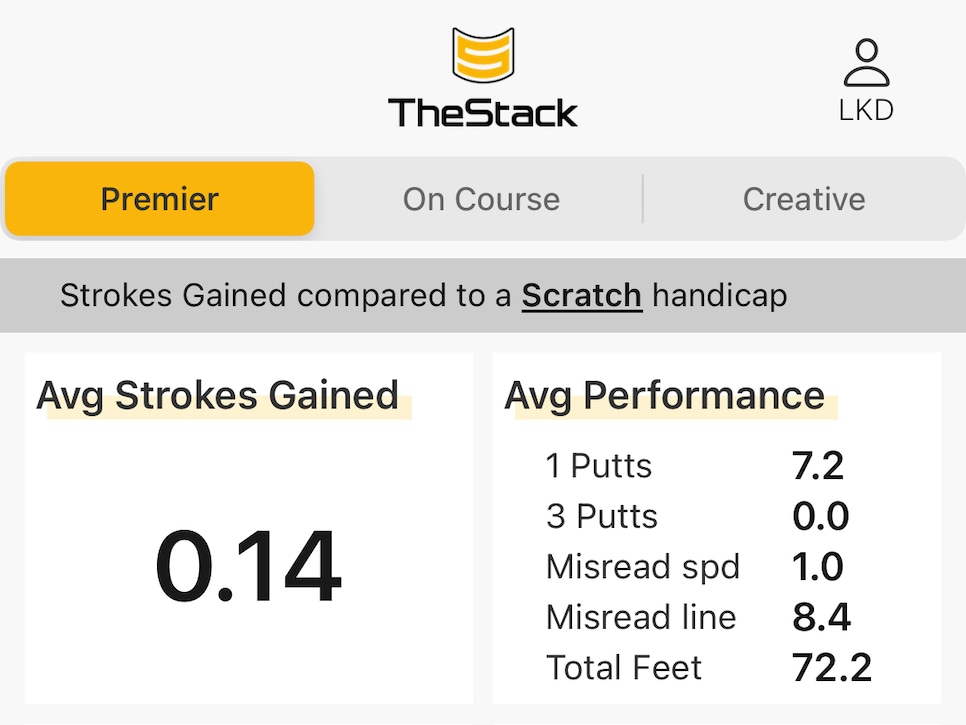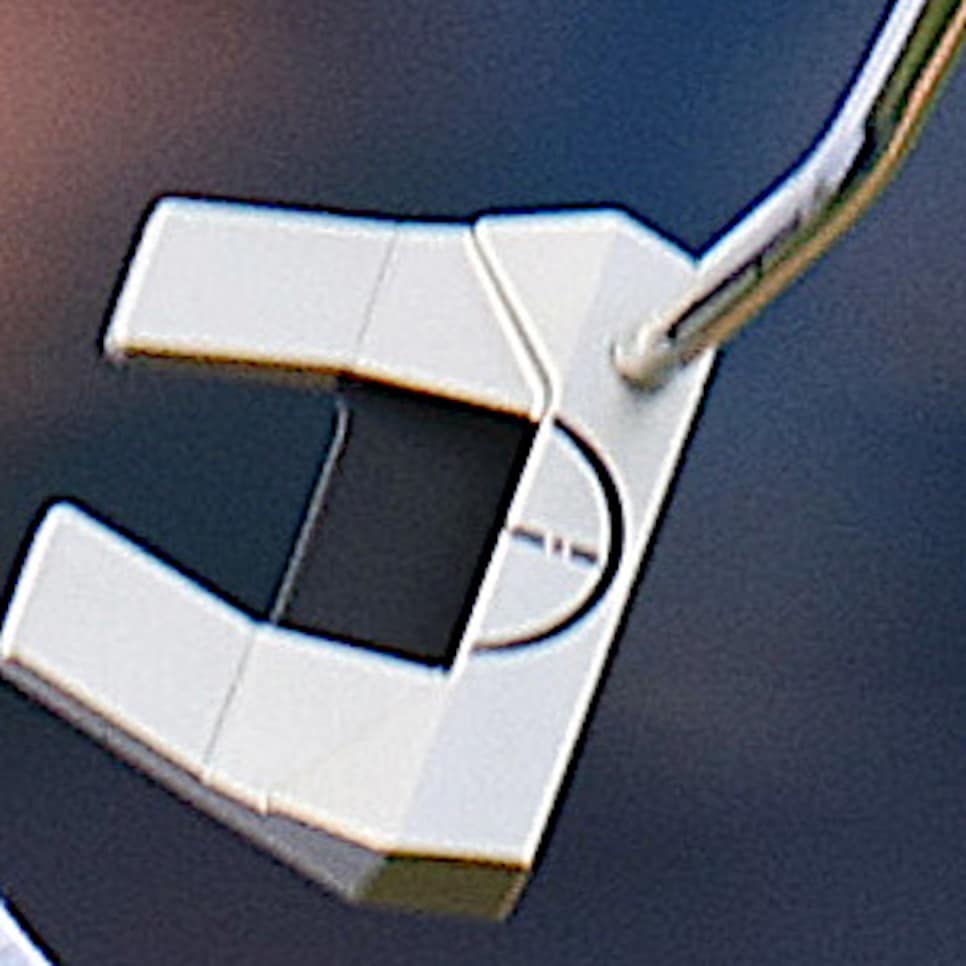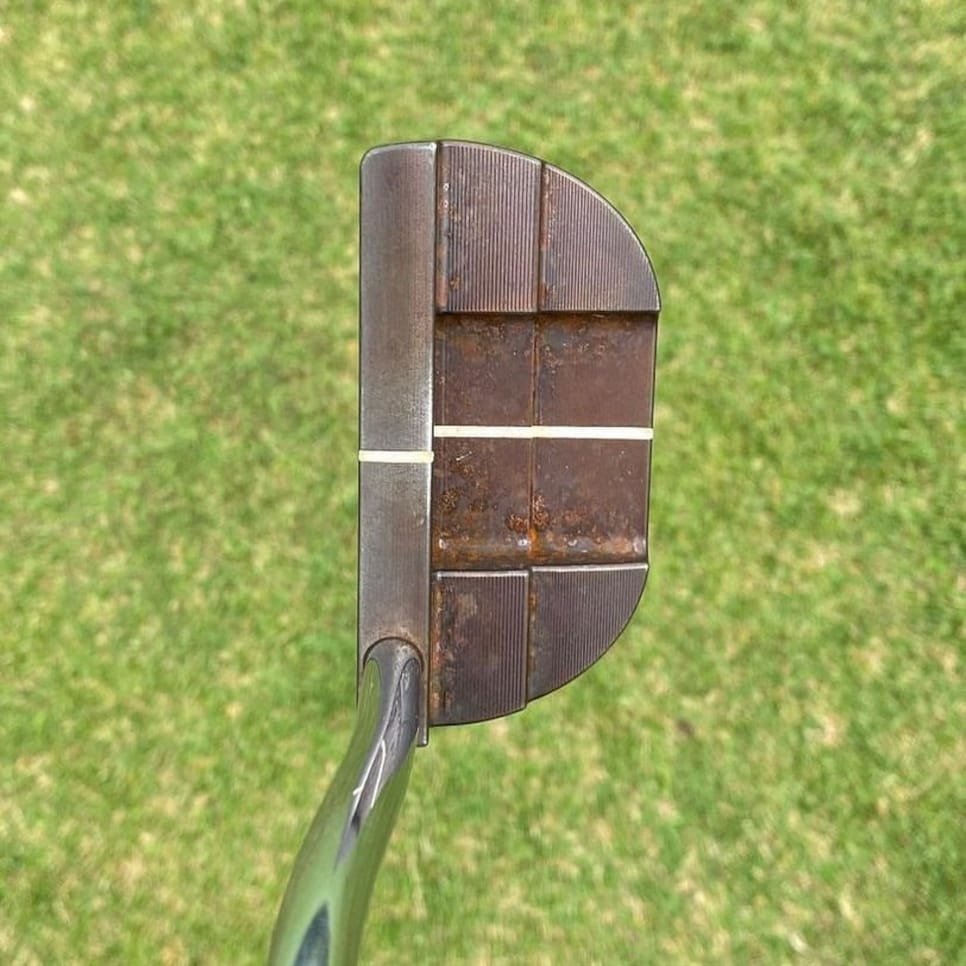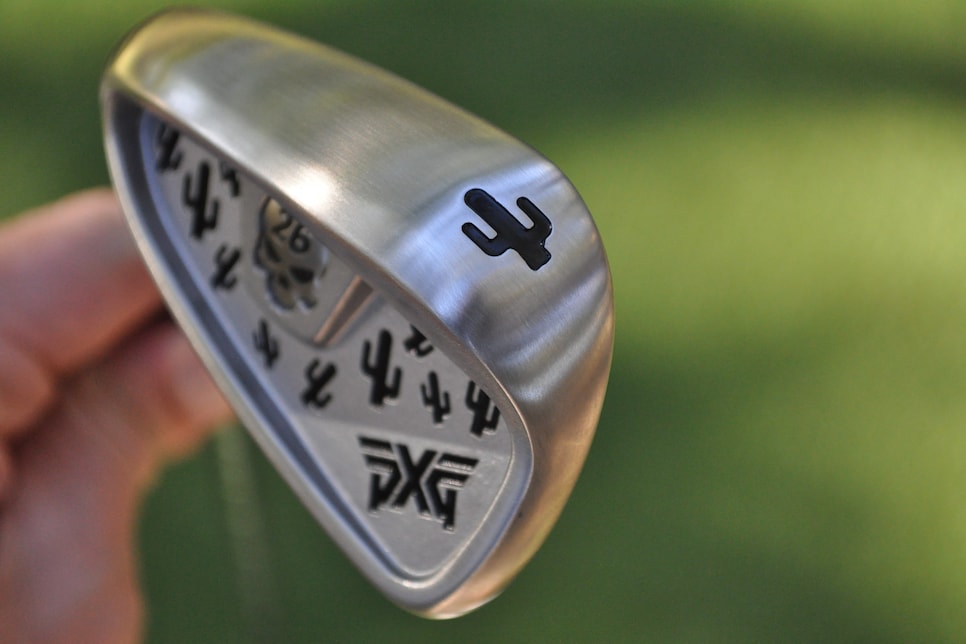It’s a legal way to aim your putter better—why don’t more golfers do it? – Australian Golf Digest

- by Admin
- November 15, 2024

This article originally appeared in the weekly Golf IQ newsletter, which you receive by signing up for Golf Digest+ right here.
I’m fresh off a trip to Golf Digest’s Top Secret Hot List Testing, where I’ve been thinking a lot about alignment aids on putters.It’s a huge part of our putter testing, and for good reason.I’m not a tester, for clarity. My job is to be an editor, which essentially involves interviewing my testers about each club while they test it. You can learn more about the incredibly impressive testing process that Golf Digest undertakes right here.But anyway, the biggest success story of my own golf season has been a minor improvement in my putting. In one offseason, I went from losing almost a stroke on the greens compared to my fellow scratch golfers to gaining 0.14 strokes per round, and thinking about alignment aids is a big reason why.
Step #1: Get dialed
Step I never used to use the line on the golf ball, but I committed to using one religiously. Immediately it gave me feedback about whether I missed the putt because I made a good stroke but aimed at the wrong place, or aimed at the right place but put a bad stroke on the ball.“I’ve never really seen someone get worse switching to using the line on their ball,” Golf Digest Best Young Teacher Stephen Sweeney, who teaches multiple tour players, says. “It just makes things a lot simpler.”In short, it helps. But even though the line will probably make you aim better, it may not make you aim perfectly, because some people can misalign the line on their putter to the line on their ball. When I tested my performance, I found I misaligned by about half a degree when using just one line on my golf ball.“It’s actually surprisingly common,” Sweeney says.
Step #2: Get creative
What really helps get you dialed in is adding multiple lines, which is essentially the technology behind Odyssey’s triple track technology. Our brains can simply see misalignments more clearly when you have multiple reference points. Like a puzzle piece coming together.What’s best for you comes down to, well, you. And you’ll need to get creative to find out what combination of lines, dots, circles, squares, or anything else best fits your mind’s eye.Justin Rose, who put this Scotty Cameron Phantom in play ahead of the 2024 Open Championship then promptly finished T-2, features a half moon shape opposing the ball, along with lines either side of a dot.

Harry How
Viktor Hovland has two lines—one on the top line and another on the flange—and wants to see them join up when he’s over the ball.

“Some people love it, some people hate it,” says Tony Serrano, PING’s Principal Design Engineer. “Viktor obviously loves it.”
Step #3: Get crafty
The problem is that when you start getting pedantic about aiming, and the lines on your balls and putter, you start developing unique tastes.When you’re a tour player, the exact putter that’s in your mind’s eye is just a text message away. Manufacturers are getting better every year at offering more custom alignment options, but they don’t always come cheap and not every company does it, so it still limits your options.It means that for the rest of us, you’ll have to get a marker out and DIY with this thing. Like James Piot, who won the 2021 U.S. Amateur with a putter that he drew a thick gold line down the middle of, as you can see from Golf Channel’s Brentley Romine’s snap here:
Here’s the putter that James Piot won the #USAmateur with. Nicknamed “The Garbage Putter,” a decade-old putter that originally belonged to his dad. He drew a line on it and even uses a mallet head cover. pic.twitter.com/ZrZ9gLQpxn
— Brentley Romine (@BrentleyGC) August 15, 2021
Personally, I found that perpendicular lines really get me dialed. So I got a sharpie out, and added one to my gamer. Now, I look down at a “T” on my putter, and I’ve never aimed better.
Doing stuff like this is basically like adding a training aid into your putter. And as long as you don’t add it during your round (just before or after), it’s fully legal. So don’t be afraid to get a little crafty. It may help more than you think.
This article was originally published on golfdigest.com
The Latest News
-
November 15, 2024Afghanistan women’s team green-lit for ‘dream’ clash
-
November 15, 2024PXG releases a new club category that’s sure to turn some heads – Australian Golf Digest
-
November 15, 2024This brutal tour-approved game is great for your lag putting – Australian Golf Digest
-
November 15, 2024Jon Gruden tells wild, boozy story of subbing in as John Daly’s caddie at PGA Tour event – Australian Golf Digest
-
November 15, 2024India’s secret session in bid to continue Aussie dominance





